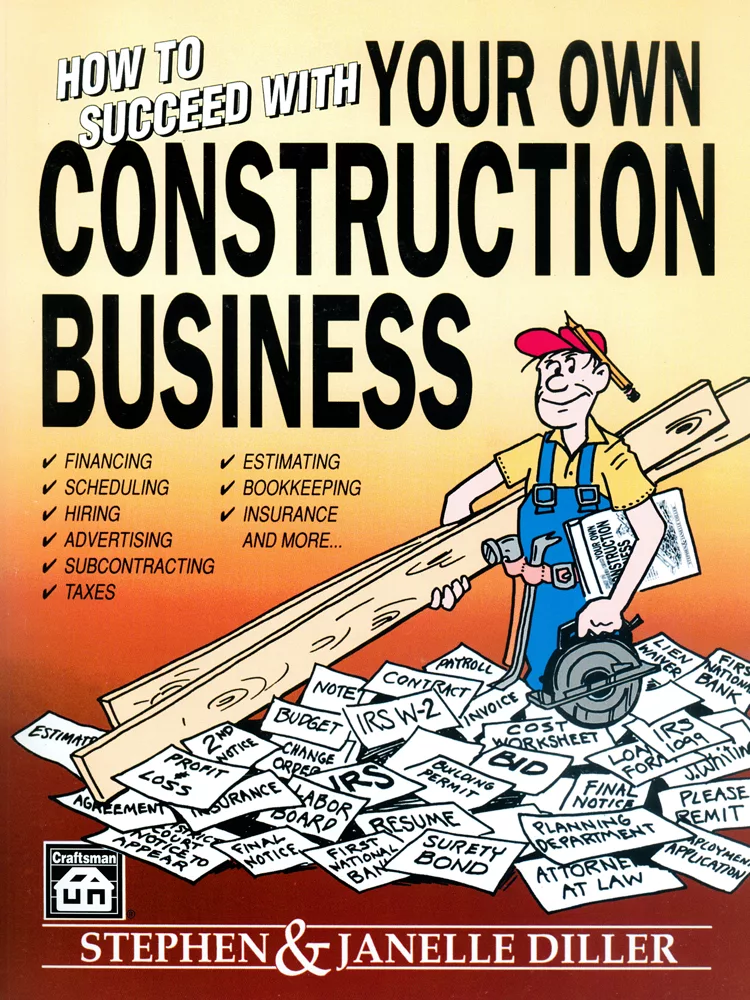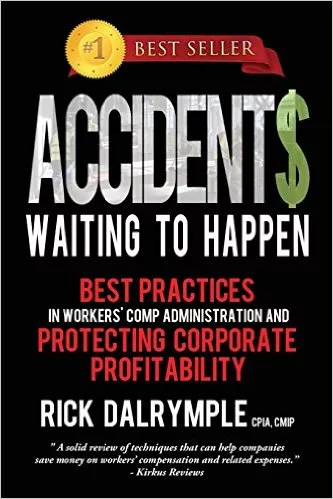How I’d Exit in 2017… And How it Would’ve Saved Me Millions
My team spent six years and more than $250,000 wandering down the exit path because of fragmented advice.


You have no doubt heard the expression, “If I had the chance to do that over again.” But I’m not talking about a golf shot or my youth.
In this case, I’ll share the story of my first business exit and what I’ve learned through my education, certification and evolution in the business of exit planning.
I had the privilege of buying a commercial roofing company with my team and then selling and transferring the company to the fourth generation. We were so fortunate, as less than one percent of businesses ever achieve this milestone.
My story will focus on my team of three majority owners exiting from my perspective.
My team gained control of the company in 1995 after a nine-year management buyout. Our mentor prepared us well with a planned succession process in which our team implemented a total quality management program and created a strategic vision of safety, quality and customer satisfaction. This cultural foundation was our team’s legacy that’s still evolving today.
The economy was in the tech boom when we took the baton, with the Federal Reserve chairman stoking the fire into Y2K. We weren’t looking for an immediate exit, but the booming economy created a number of consolidators in the roofing industry who were knocking at our doors.
Long story short, we went through the sale process twice and did our due diligence with two offers, but never sold. This isn’t uncommon, as fewer than 10 percent of contracting companies that go to market ever close.
Later, we had a national broker who brought us some offers, considered an ESOP, and finally settled on a management buyout (MBO) with our chosen managers in 2003.
An MBO is the most common exit for contractors. The great news is that a structured buyout can also be the most tax efficient. The unfortunate reality, however, is that most advisers use a cookie-cutter approach to this method, which turns the transaction into the least tax efficient.
My team spent six years and more than $250,000 wandering down the exit path because, as three owners with different goals, we were trying to digest fragmented advice from our attorneys, accountants, tax advisers, investment advisers, estate planners, etc. This ended up equating to a lot of wasted time and money.
The exit strategy basically comes down to this:
- More than 70 percent of my wealth is trapped inside my illiquid business.
- How am I going to cash out without being clobbered by taxes?
- The current tax structure allows for a range from zero to more than 55 percent.
- How will I retire and not outlive my money?
My Exit Lessons
We were three different owners with three different goals. Every exit plan should be structured in a manner that supports your individual goals by defining your personal, financial and business needs.
We recognized a lot of risk when considering consolidators, including the loss of control and a poor cultural fit. We had the initial fear of “being left behind.” That should’ve been apparent, but we were rookies preoccupied with the day-to-day business.
Once my team had more clarity regarding our goals, we only considered an internal exit with the ESOP and MBO being the leading alternatives. Our goal was to pass the company to the next generation of dedicated managers who helped us grow the company.
We could’ve been more efficient. After leaving the company, I got into the exit planning business due to requests for advice from my business-owner friends. I didn’t become an exit planner until I went back to school for two years for specialized training and certification.
Like an architect’s design, exit planning is the orchestration of various disciplines coordinated through one comprehensive plan. That plan defines alternative options to determine the best fit for an owner’s goals and navigates a path out of the business. This information gives the owner the best overall chance for success with the exit.
When you exit your business, you’re most likely entering the largest and most important financial event of your life; for many, the proceeds from the business sale are the resources that are going to carry them into a comfortable retirement.
It’s for that reason primarily that you want the best information to help you minimize risks, make the correct decisions, and understand your financial and strategic control issues to replace your income. This process protects your hard-earned wealth and legacy.
We were fortunate to successfully exit our business, but if we had a better plan in place, we would’ve saved a lot of time and a bundle in taxes. Having all the information upfront is the only way to make an educated decision.
Remember these key concepts in an MBO:
- The company pays for everything.
- You buy yourself out with company profits.
- Strategize your tax reduction.
- It’s not how much you get, but how much you keep.
- Because the company is purchased with after-tax dollars, it’s imperative to categorize those dollars in ways that reduce taxes; lower the company value and you lower the taxes to the buyer, seller and company.
- Owner may pay capital gains and state tax on the sale of stock.
- Pre-save for retirement in deductible tax-efficient methods.
- It’s not just the sale price but how much you have in the bank.
What I Know Now … That Would’ve Saved Millions of Dollars
Our problem was that we were a ‘C’ Corporation and paid capital gains and state income tax. A ‘C’ Corporation pays two levels of taxes: a 34 percent rate at the highest federal level; a percentage of state tax, depending on your state requirements; and any dollars that come out of a ‘C’ corporation are taxed again to the recipient.
If you change to a Sub ‘S’ and eliminate one level of tax, profits are only taxed once. We also didn’t integrate our transaction to support estate planning that would reduce estate taxes and potentially eliminate capital gains tax.
We didn’t integrate our transaction to mitigate business risk, which is particularly important at this stage of the game. Create a strategy to support enterprise risk in a manner that does not overburden the company, and one to insulate assets in a manner that makes them free from attachment in the event of a frivolous lawsuit.
You should also create an efficient plan for monetizing the value of the company stock. This can aggressively reduce the price to a buyer and seller with lower taxes, and could eliminate federal and state capital gains for the seller.
Finally, aggressively save for retirement. Lessen your dependency on your business proceeds by participating in aggressive savings plans that are tax efficient. Utilize life insurance in a manner that provides tax-free benefits and mitigates financial risks. And use trusts or limited liability entities to insulate assets.
In retrospect, these strategies could have saved our company several million in taxes and, in turn, put hundreds of thousands of dollars in each of the owner’s bank accounts.
You only have one chance to get this right. Remember: You don’t know what you don’t know.
Authors Note: The information provided isn’t intended to be legal, accounting, insurance or tax advice. Beacon is a process consultant that provides written plans, consulting, and support programs to private owners for succession and exiting their businesses.
U.S. Treasury Circular 230 requires that this firm advise you that any tax advice provided was not intended or written to be used, and cannot be used by you, for the purpose of avoiding penalties by the IRS.
Looking for a reprint of this article?
From high-res PDFs to custom plaques, order your copy today!









